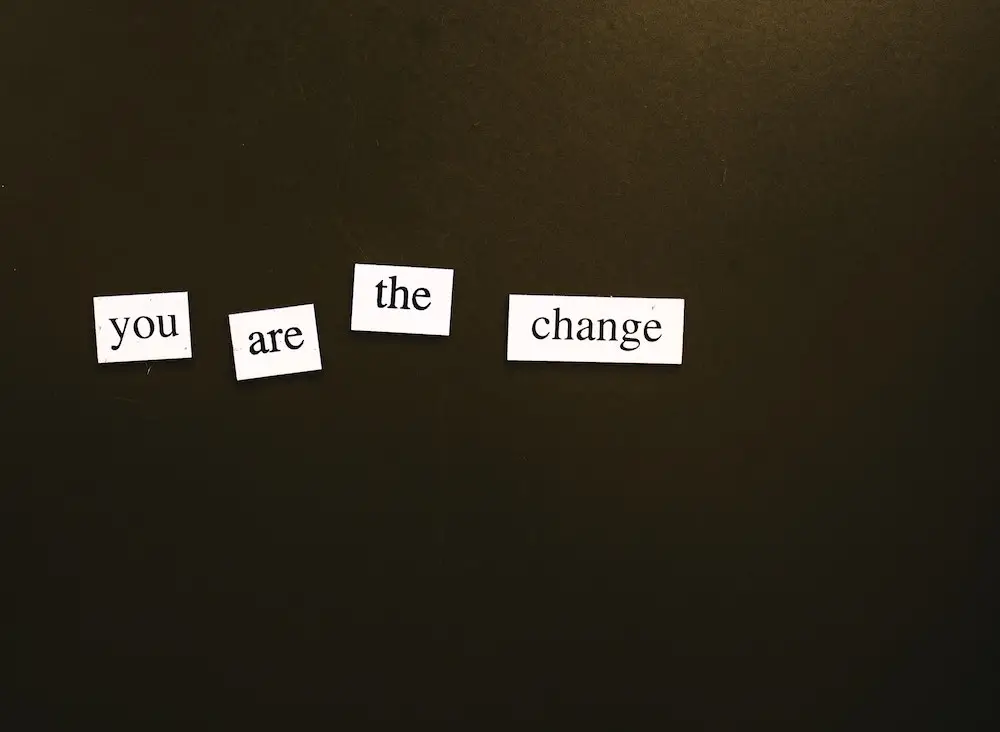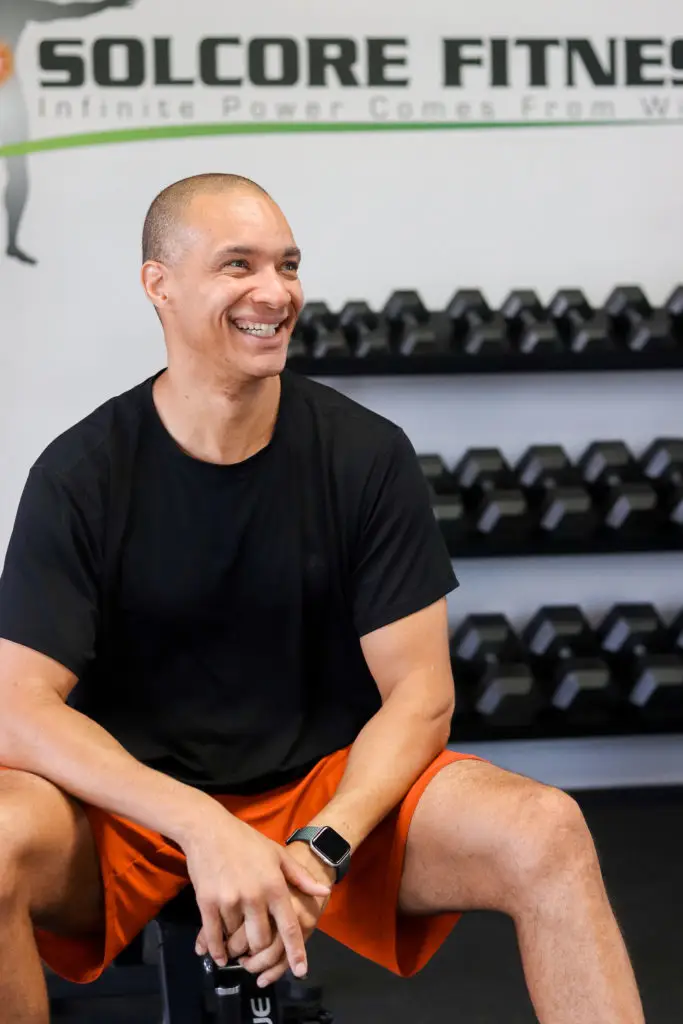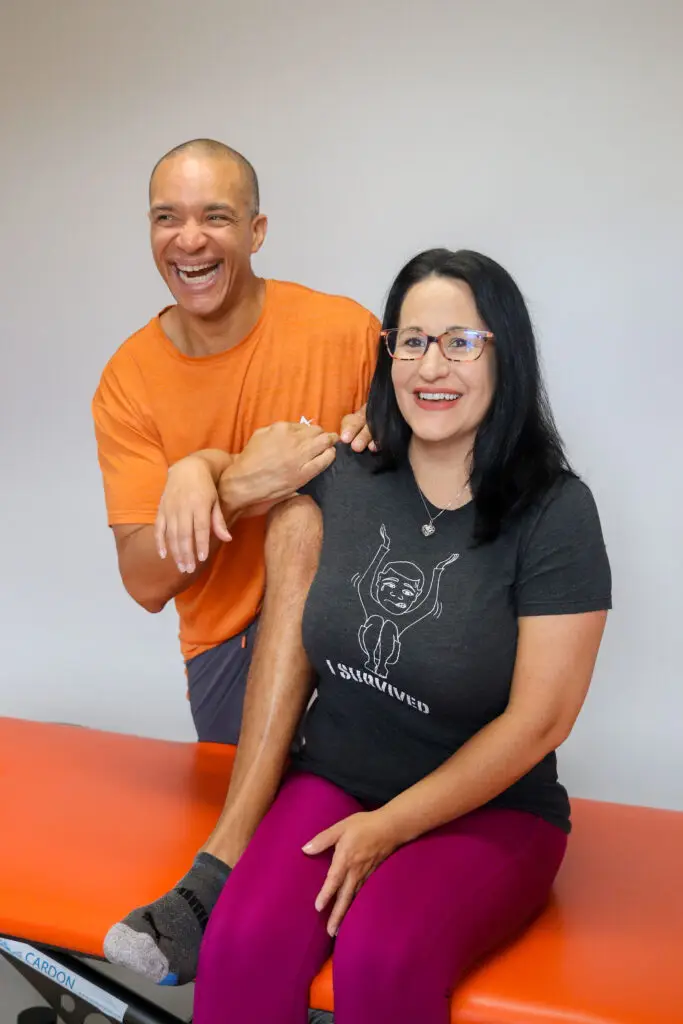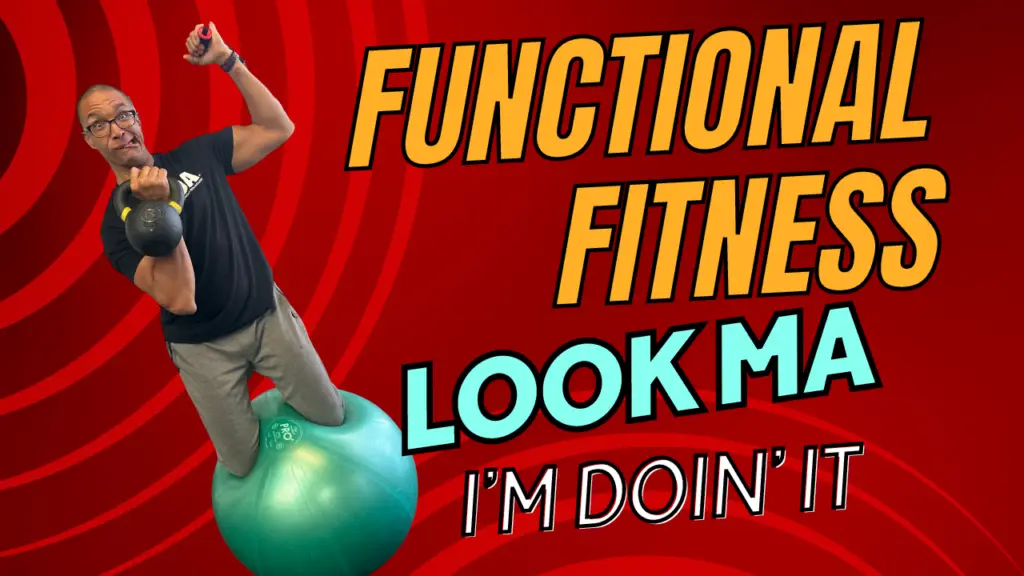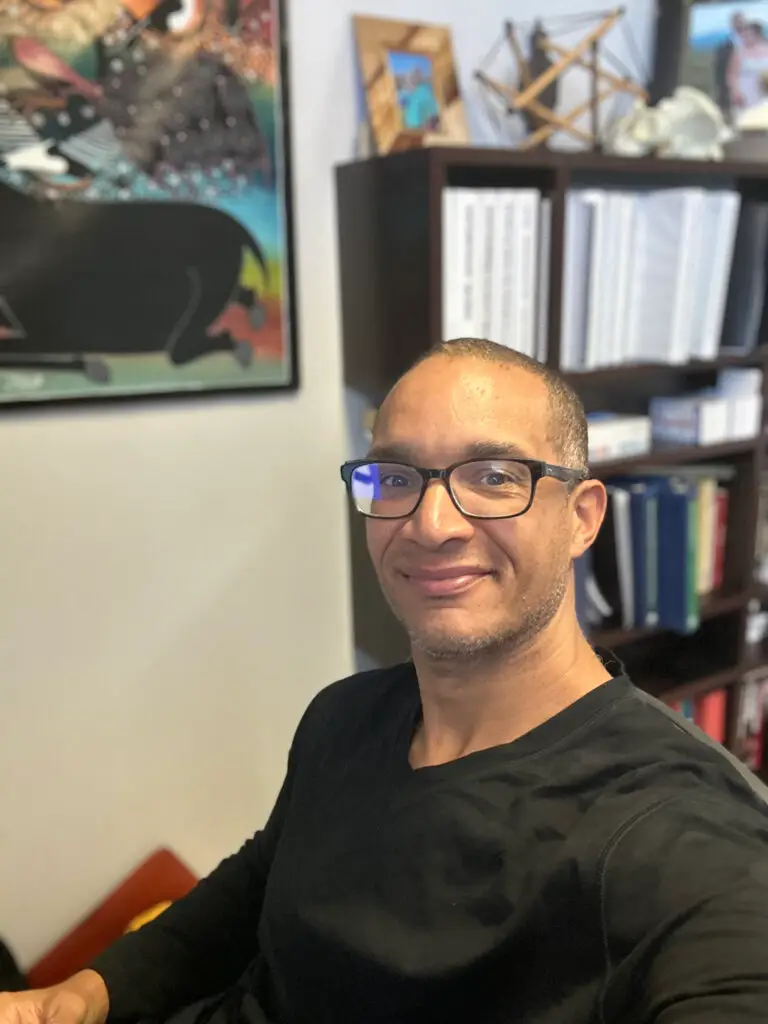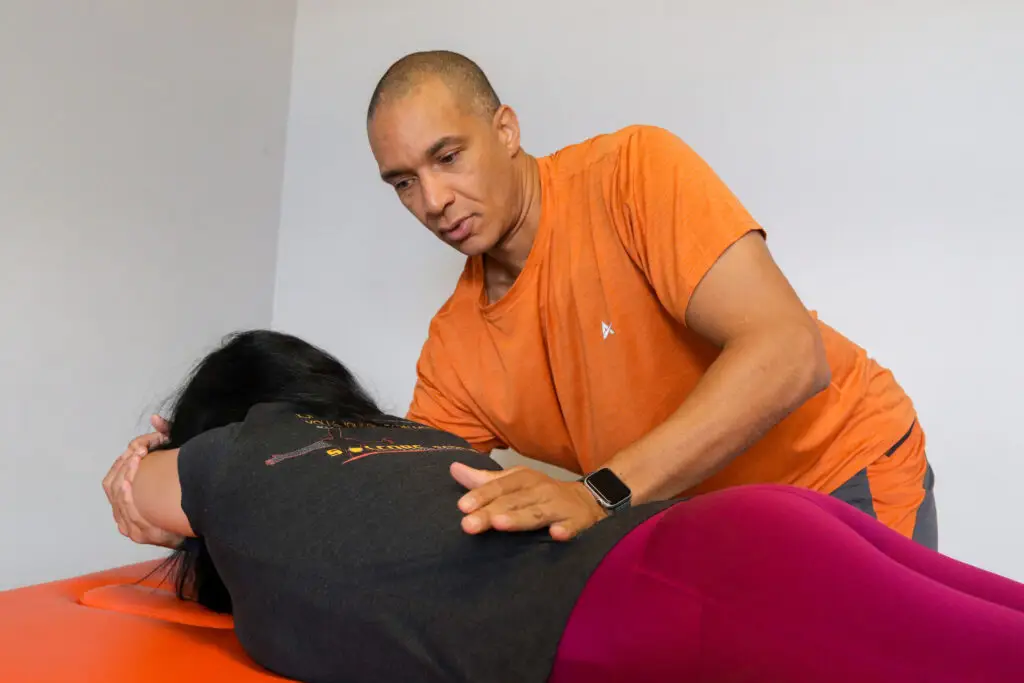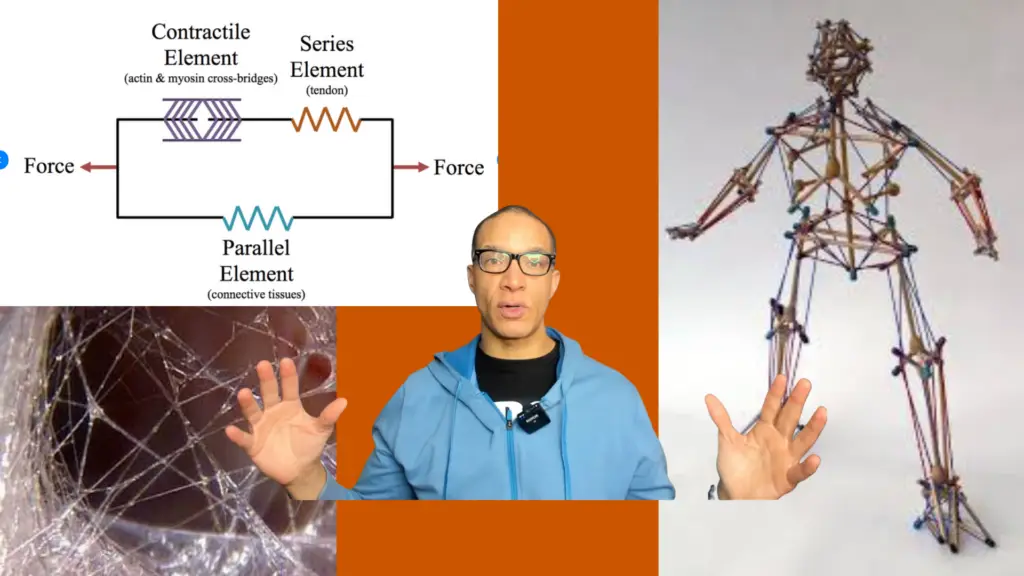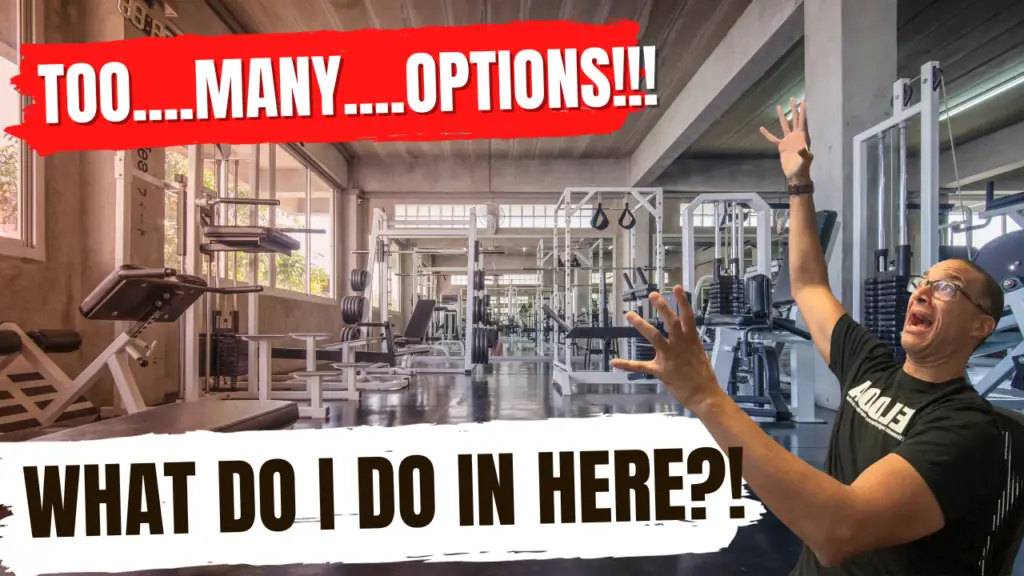
Click on the image to watch
When you walk into a big box gym, it can feel like you’ve found the answer to everything:
Strength training? ✅
Cardio? ✅
Yoga and mindfulness classes? ✅
Stretching areas, machines, HIIT, foam rollers, even a few free personal training sessions? ✅✅✅
But here’s the truth: none of it is a real program.
And most of it isn’t going to get you where you want to go — especially if your goal is longevity.
What Longevity Actually Means in the Body
Longevity isn’t just about living longer.
It’s about living better, longer.
That means:
- A body that works efficiently into your 80s and 90s
- Joints that move without pain
- Fascia that stays hydrated and supple
- A nervous system that stays calm and responsive
- A structure that stays aligned under gravity
And none of that happens by randomly collecting workouts.
Why Big Gyms Sell You the Wrong Idea
I started in big gyms. I trained in them. I sold memberships in them.
I know exactly how they work.
They show you a buffet of options and say: “Mix and match however you want! You’ll get stronger, leaner, more flexible. Just show up a few times a week.”
But here’s the problem:
Exercise is not a random collection of movements.
Your body needs a program, not a menu.
Random Doesn’t Lead to Resilient
Let’s say you go to yoga on Monday, machines on Tuesday, cardio on Wednesday, and stretch a little on Thursday.
That’s not a system.
That’s activity.
It might feel productive, but it’s not progressive. It doesn’t build on itself. It doesn’t organize your structure, or address your compensations, or train your fascia to hold changes over time.
You feel good — until you don’t.
And then the overuse injuries start creeping in.
What a Real Program for Longevity Requires
If your body is designed to work a certain way (and it is), then your training should support that design.
Here’s what that looks like:
- Evaluate posture and plumb line first
- Train foundational strength and mobility patterns (not muscles in isolation)
- Use precise progressions that account for fascia, nervous system, and joint mechanics
- Respect gravity, force, and timing — not just muscle burn
You don’t need 10,000 square feet or 30 machines.
You need the right input in the right sequence.
Why Gym Trainers Aren’t Set Up to Help You
Even when gyms offer you “free personal training,” the goal is usually sales — not education.
Most new trainers are just out of certification. They don’t have enough experience or holistic understanding to create real outcomes. I know. I used to be one.
And they often give you what’s popular — not what’s effective.
Kettlebells are hot? You get kettlebells.
HIIT is trending? You get circuits.
Got hip pain? Foam roll it.
Problem is, none of that is personalized. None of it addresses the real reason your body is reacting the way it is.
Fascia, Progression, and Precision — Not Popularity
Take something simple like foam rolling your piriformis.
Most people sit on a lacrosse ball and grind away because it feels intense.
But do you know what you’re sitting on?
Your sciatic nerve? Your gluteal artery?
Do you know if you’re crushing healthy fascia — the same tissue you’re supposed to be training?
More pain ≠ better.
Random pressure ≠ release.
Sensations aren’t progress. Knowledge is.
So What Should You Be Doing?
Start with:
- Structural assessment (Are you aligned?)
- Movement patterns (Can you squat, lunge, push, pull, gait properly?)
- Fascia and muscle balance (What’s restricted or weak?)
- Nervous system regulation (Can your body recover?)
And from there:
- Build a specific, holistic program
- Adapt it as your body changes
- Use tools that fit the plan — not just what’s available at the gym
A gym is just a space.
It only helps you if you bring the right system with you.
What to Do Next
If you’re using the gym just to feel like you “did something,” you’re missing the mark.
Worse — you might be reinforcing the very patterns causing your pain, tightness, or breakdown.
Longevity doesn’t come from random movement.
It comes from intentional progression — and knowing how to listen to what your body needs at each stage.
If you want support:
- Download my free eBook
- Or schedule a diagnostic call and get a personalized starting point
But whatever you do — don’t settle for what’s convenient.
Your body is too valuable to be thrown into a one-size-fits-all system.
it’s not just working out, it’s building a foundation for a better life.
Find out more @

